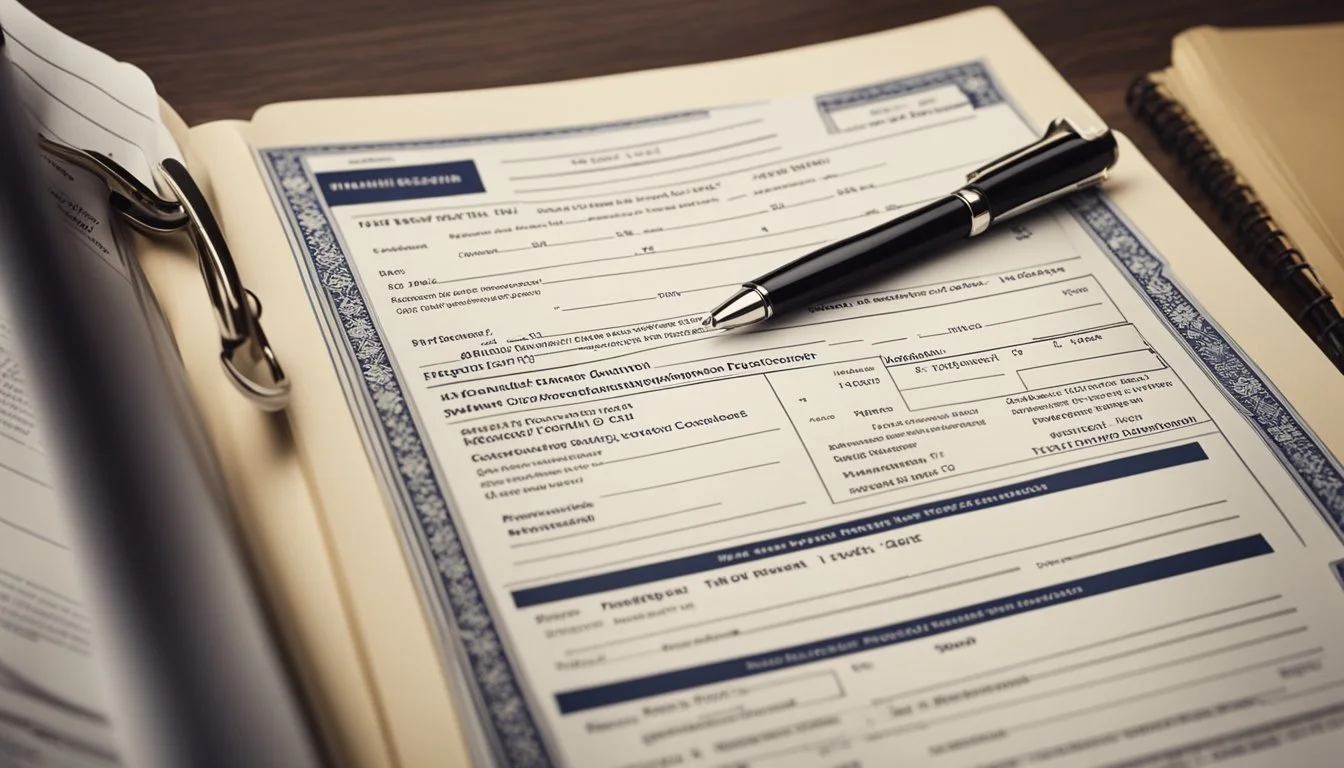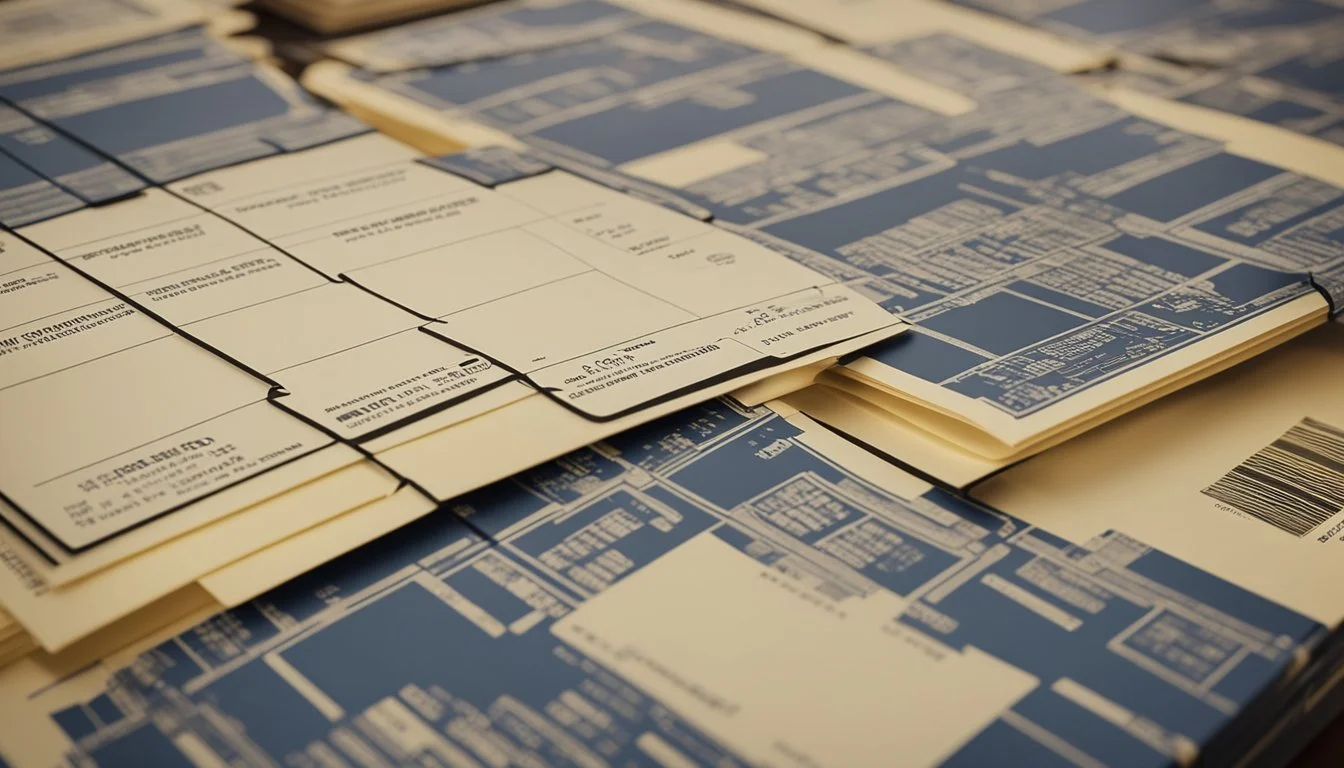Moving to Austin: How to Transfer Your Child's School Records Efficiently
Moving to Austin can be an exciting yet overwhelming experience, especially when it comes to transferring your child's school records. To make the transition smoother, Austin Independent School District (AISD) offers clear guidelines and policies. According to district policy adopted in June 2023, hardship transfers are available in the spring of 2024, which can be crucial for families moving mid-year.
When transferring school records, it's important to complete a Records Request Form. This is necessary for legal and educational purposes and must be accompanied by a signed Release of Information or a FERPA release. Communicating effectively with the new school and ensuring all paper forms are properly filled out can help avoid delays.
Parents should also reach out to the current school administration to understand the various files they need, such as the cumulative file containing the student's profile and academic history. This file is essential as it will follow the student to their new school in Austin, ensuring continuity in their education.
Understanding the Transfer Process
Moving to Austin requires understanding how to transfer your child's school records and navigating Austin ISD's transfer process efficiently. Here’s what you need to know about determining eligibility, exploring transfer options, and reviewing transfer request procedures.
Determining Eligibility for Transfer
Eligibility for transferring within Austin ISD depends on specific criteria. Factors include current residency within district boundaries and the reason for requesting a transfer. Austin ISD's policy, adopted in June 2023, allows for hardship transfers in the spring semester of 2024.
Proof of residency is crucial. This can be achieved by providing utility bills, lease agreements, or mortgage documents. Parents should also ensure that their child meets any academic or behavioral requirements outlined by the district.
Exploring Transfer Options within Austin ISD
Austin ISD offers various transfer options depending on whether you are an in-district or out-of-district resident.
For those residing within the district, the transfer window typically opens in early January, and all requests submitted within this period are given equal consideration. Families can apply for different schools based on specialized programs or proximity. Non-district residents, on the other hand, have specific dates when they can submit their applications, and their acceptance is subject to space availability.
Reviewing Transfer Request Procedures
The transfer request process involves submitting an Online Student Transfer Request through Austin ISD's registration system. Parents need to gather and upload necessary documents like the child’s previous school records, proof of residency, and any special education plans if applicable.
Detailed guidelines are available on Austin ISD’s website, which includes step-by-step instructions and deadlines. After submission, families receive notifications regarding the status of their request, and approved transfers require confirmation of enrollment at the new school.
准确的 معي
Understanding these steps ensures a smooth transition for your child into Austin ISD.
Gathering Necessary Documents
Transitioning your child's school records to Austin involves ensuring all necessary documentation is correctly compiled and submitted. Key documents include identification and proof of guardianship, academic history, and health records.
Essential Identification Documentation
Ensure you have all identification documents ready. A birth certificate is crucial for verifying your child's age and identity. Additionally, you will need your child's Social Security Card and a photo ID of the parent or guardian, such as a driver's license or passport.
If applicable, provide proof of guardianship through court documents if the person enrolling the student is not the parent. This validates the legal right to enroll the child.
Academic Records and Report Cards
Academic records help the new school understand your child's educational background. This includes report cards and official transcripts from all previous schools attended. These documents should include the dates of enrollment, subjects studied, and grades received.
Ensure these records are stamped with the official school seal to confirm their authenticity. This step is vital for placement in appropriate classes and ensuring a smooth transition.
Health and Immunization Records
Health records, particularly immunization records, are mandatory for school enrollment in Austin. These records must show up-to-date vaccinations as required by state law.
You may also need to provide additional health documentation if your child has special health needs or conditions. This ensures that the school can accommodate and support your child's health requirements appropriately.
In some cases, a recent physical exam report may also be requested. Check with the school district to confirm all health-related documentation that might be necessary.
Completing Registration in Austin
Parents looking to enroll their children in Austin ISD have several options for completing registration. This process can be done online or in-person, depending on individual needs.
Online Registration Procedures
Parents can utilize the Enroll Austin system to streamline the registration process. This platform integrates multiple applications such as Online Registration, Transfer Requests, Common Applications, and Pre-K applications into one convenient location.
First, create an account on the Enroll Austin portal. Follow the prompts to input basic student information, including name, date of birth, and previous school details. Ensure child’s most recent immunization records and proof of residence are ready for upload.
After submitting the initial information, an email confirmation will be sent. Review the details and validate the entered information for accuracy. Once everything is verified, submit the application and await further instructions from the school district.
Necessary Steps for In-Person Registration
In-person registration is available for those who prefer or need it. Start by contacting the intended school to schedule an appointment. These appointments ensure staff availability to assist with the enrollment process.
Bring all necessary documents, including proof of residence, immunization records, birth certificates, and previous school records. Having these documents ready will help avoid delays.
Meet with the registration staff to fill out required forms and review the documents. School staff may ask questions to clarify any incomplete or missing information. Once complete, the child will receive a school assignment, and parents will be given next steps.
Special Considerations for Specific Program Registrations
Enrolling in specific programs such as Special Education, Pre-K, or Advanced Academics requires additional steps. For Special Education, parents should provide an Individualized Education Program (IEP) from the former school.
Pre-K registration necessitates proof of eligibility, such as income verification or proof of military service. Advanced Academics may require prior academic records or test scores to determine eligibility.
Parents should communicate with school counselors or program coordinators to ensure all steps and documentation requirements are met for these specialized programs. Early contact with these departments can help facilitate a smoother transition and placement.
Ensure all documentation is ready and consult with relevant school staff to address any unique needs or circumstances regarding the specific program.
Integrating into a New School
Transitioning into a new school can be a multifaceted process. Key areas to focus on include adjusting academically, engaging in extracurricular activities, and understanding the school's culture and expectations.
Adjusting Academically to a New Environment
Students often face challenges adapting to a new academic setting. These challenges may include differences in curriculum and teaching styles.
Maintaining communication with teachers and school staff can help. Teachers can offer insights into grading standards and academic expectations. It's beneficial to review any available grades and course descriptions provided by the new school.
Enrolling in tutoring or academic support services can also assist in the transition. Programs such as after-school study groups and peer tutoring can provide additional academic support.
Engaging in Extracurricular Activities
Extracurricular activities, including clubs and athletics, offer opportunities for students to pursue their interests and meet classmates.
Schools often provide a list of clubs and activities available, which can be found through resources like the School Finder. Participating in these activities helps students bond with their peers and develop new skills.
Teachers and principal can provide recommendations on which activities might align best with a student's interests. When choosing activities, students should consider their existing hobbies and passions.
Understanding the School's Culture and Expectations
Every school has its own unique culture and set of expectations. Understanding these from the beginning is crucial.
Attending orientations and meetings with teachers, principal, and school staff can provide insights into behavioral standards and the school’s overall environment. Reviewing the student handbook can also be helpful.
Engaging in conversations with classmates can provide additional perspective on the school's unwritten rules and norms. Through these interactions, students can learn the finer points of integrating into their new educational community.
Addressing Special Education Needs
When moving to Austin, it's crucial to ensure that your child’s special education needs are effectively addressed. This involves transferring existing Individualized Education Programs (IEPs) and establishing open lines of communication with school counselors and special education teachers.
Transferring an Individualized Education Program (IEP)
The first step in transferring your child's IEP involves notifying both the current and future school districts about your plans. This notification should be in writing.
Each school district may have specific requirements for the transfer process. It is advisable to ask for the necessary forms from the principal of the current school. Contact the new district to understand their registration procedures. By doing this, you ensure seamless continuation of special education services.
Obtaining and transferring relevant records, including educational and medical files, is essential. Ensure you have updated copies of the IEP and any supporting documents such as psychological assessments or therapy reports. Keeping backups of these documents can prevent any loss of crucial information during the move.
Communicating with School Counselors and Special Ed Teachers
Effective communication with the new school's counselors and special education teachers is vital. It ensures that they fully understand your child's needs and the supports required for their transition.
Schedule meetings with these professionals as soon as possible after the move. These meetings are an opportunity to discuss your child's strengths, challenges, and specific needs outlined in the IEP. It may also include setting new goals aligned with the new school's resources.
Providing a detailed summary of your child’s history and current support systems can help educators design an appropriate support plan. Establishing a collaborative relationship early on can make the transition smoother and more successful.
Utilize available resources such as the Austin ISD Special Education Department and SPEDTex for additional support and guidance.
Logistics of Moving to Austin
Plan the logistics of your move to Austin by finding a new home and learning about your neighborhood, as well as identifying the right school for your child. Familiarize yourself with tools like the Austin ISD Portal to streamline this process.
Finding a New Home and Learning the Neighborhood
When moving to Austin, start with finding a new home that fits your family's needs. Austin boasts diverse neighborhoods, each offering unique amenities. Consider factors like proximity to work, public transportation options, and nearby schools.
Research the cost of living in Austin. As of 2024, Austin's cost of living score is 129.1, indicating it's 29.1% higher than the national average. Be prepared for higher housing costs. Popular neighborhoods such as Travis Heights, Mueller, and Westlake each have distinctive characteristics.
Explore your new neighborhood. Use online resources or community guides to get acquainted with the local culture, parks, and amenities. Tools like Trulia or BestPlaces.net can provide insights on walkability, safety, and local attractions.
Identifying Your Neighborhood School or Desired Institution
Once you've decided on a neighborhood, identify the local schools. Austin ISD provides a variety of public schools. Use the School Finder tool on the Austin ISD Portal to locate your neighborhood school.
If considering private schools, research options early, as admission processes can be competitive. Create a list of criteria important to you, such as programs offered, extracurricular activities, and school reputation.
Note that Austin ISD has specific policies regarding school transfers. Hardship transfers are only accepted under certain conditions. Ensure you have all necessary documentation if applying for a transfer.
Visit school websites or contact schools directly for detailed information. Scheduling school tours can provide a clearer view of the school environment and facilities. Utilize online resources and community forums to read reviews and gather opinions on local schools.
Ensuring a Smooth Transition
Start by collecting all necessary documents, such as the withdrawal form from your child's current school. This form is crucial for a smooth transfer to a new school within the Austin Independent School District (AISD).
Parents should visit the AISD Office of Student Services for guidance on the transfer process. It's helpful to bring copies of your child's academic records, letters from teachers, and examples of recent work.
Safety is a primary concern. Ensure the new school has all emergency contact information updated. Meet with the principal to discuss any concerns or special needs your child might have.
Create a checklist to track the transfer.
Withdrawal Form
Academic Records
Letters from Teachers
Emergency Contacts
Preparing your child emotionally is also key. Visit the new school beforehand to familiarize them with the environment. Talk to teachers and administrators to make your child feel welcome.
Staying organized can prevent delays. Keep all documents in a dedicated folder. Monitor the status of the transfer request regularly to ensure everything is on track.
Finally, encourage open communication between your child and their new teachers. This can help identify any challenges early and provide the necessary support.








